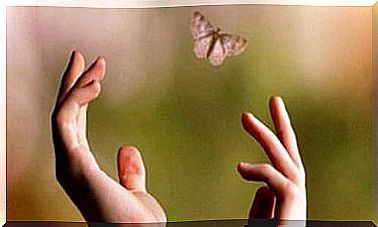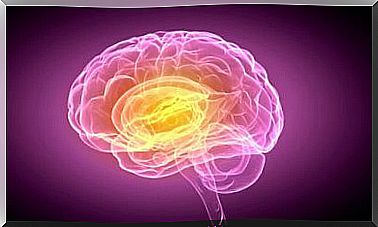The Johari Window, A Self-analysis Tool

The Johari Window is a tool created by psychologists Joseph Luft and Harrington Ingham to facilitate self-awareness and mutual understanding. It is generally used in group dynamics and self-help groups.
This tool is highly valued in the organizational world, as it facilitates the personal feedback process in a group context and strengthens ties.
The Johari window also tends to give big surprises to those who participate in the exercise. Likewise, this tool defines 16 particular types of relationships grouped into four large categories. What is this tool about? Let’s see.

Johari’s window
The Johari window is so named because it is the union of the first letters of the names of its creators. Jo for Joseph and Hari for Harry. It is based on the existence of four areas within interpersonal relationships. These are formed from two great axes: a horizontal one, which corresponds to the self, and a vertical one, which corresponds to the others.
In this way, a graph of quadrants is formed and each of them represents an area of self-knowledge within the framework of relationships. These areas are the following:
- Free area. It corresponds to what each person knows about himself and that is also known by others. It shows how we make ourselves known to others and what they perceive from what each of us exposes to them.
- Hidden area. It understands what each person knows about himself, but does not deliberately make it known to others. Others may pick up on it indirectly, but not by individual will.
- Blind area. This quadrant corresponds to the aspects that a person does not know about himself, but that others do know, or, at least, perceive. In general, it includes unconscious behaviors.
- Unknown area. In this area are those elements that we do not know about ourselves and that others also do not know. It includes what is often overlooked or what raises questions / doubts in oneself or in others.
Apply the Johari window
It is very enriching to apply the Johari window in a group. In fact, it can also be applied to a single individual, or to perform the exercise as a couple, as a family, with children, etc. Ideally, the exercise should be carried out with a minimum of two and a maximum of five people.
To apply the tool, it is indicated to follow these steps:
- Each of the people participating in the exercise should have a role per member in the group. Thus, if there are four, each person must have four roles.
- On each paper the name of one of the members of the group is written and a Johari window is drawn.
- Next, the member must fill in each quadrant with the traits that they consider appropriate. Thus, in the free area the traits that are known about that person will be written; in the hidden area, what is unknown, etc.
- At the end, each participant will give the others their drawing.
The exercise ends by making a comparison between what each person recorded in their drawing and what the others recorded. Traits that do not fit into any category are left in the “unknown area.”

The types of relationships
The Yohari window not only serves to get to know yourself better and to see how others perceive you, but it also gives important information about the style of relationship you have with others. This results in four main types of relationships:
- Free area relationships. If the other person wrote many features of you in the “free area” and it is mutual, the bond is characterized by good knowledge and authenticity.
- Hidden area relationships. If there are more traits in the hidden area, it means that there is a lack of knowledge and perhaps prevention in the relationship.
- Blind area relationships. When there are more features in the blind area, there may be tension, conflict or prejudice. It is the most difficult type of ties to carry.
- Hidden-blind area relationships. If traits predominate in these two areas, it means that there is a lot of mutual observation, but little knowledge at the same time.
The most advisable thing is that at the end each one draws their own conclusions and shares them with the group in a new session that will take place a week later. Thus, everyone will have a reason for reflection.









